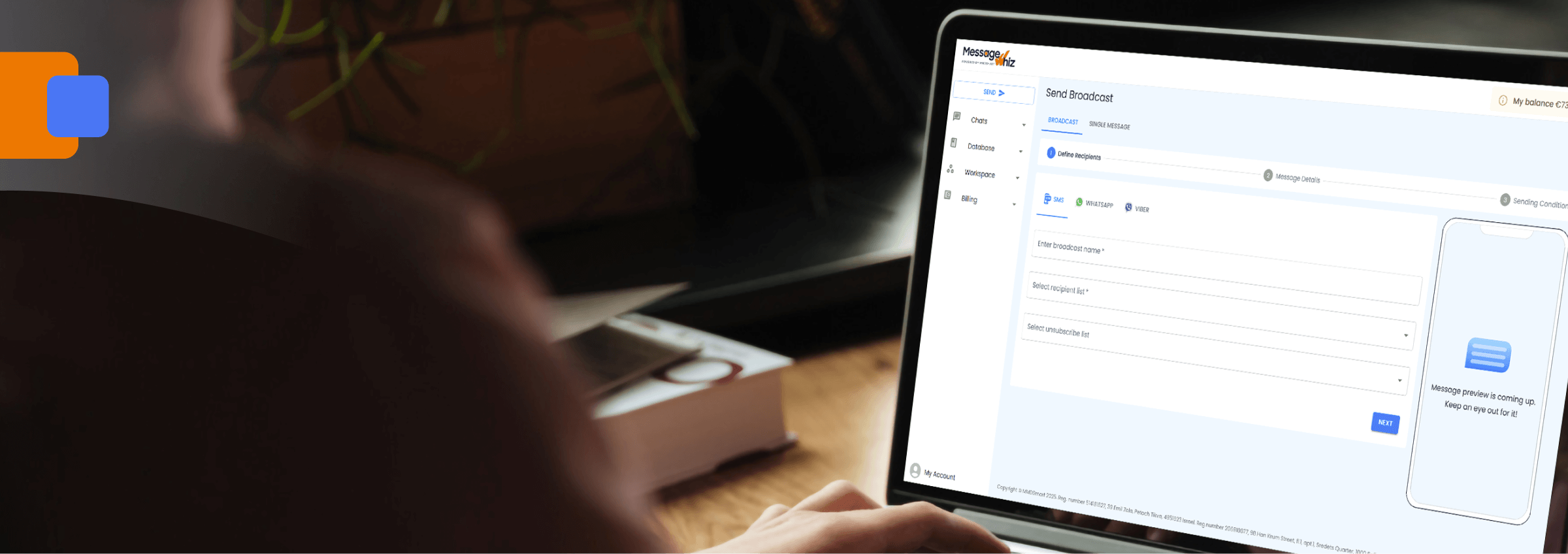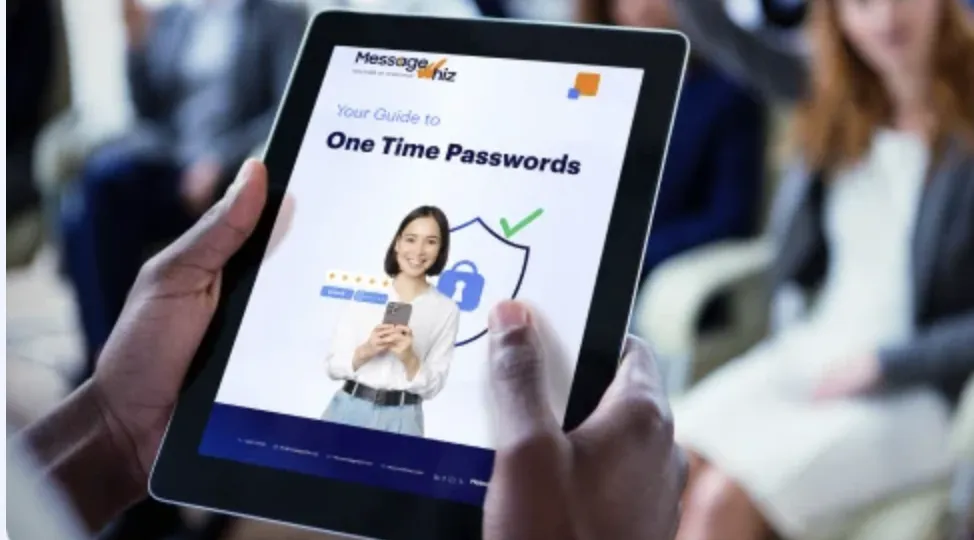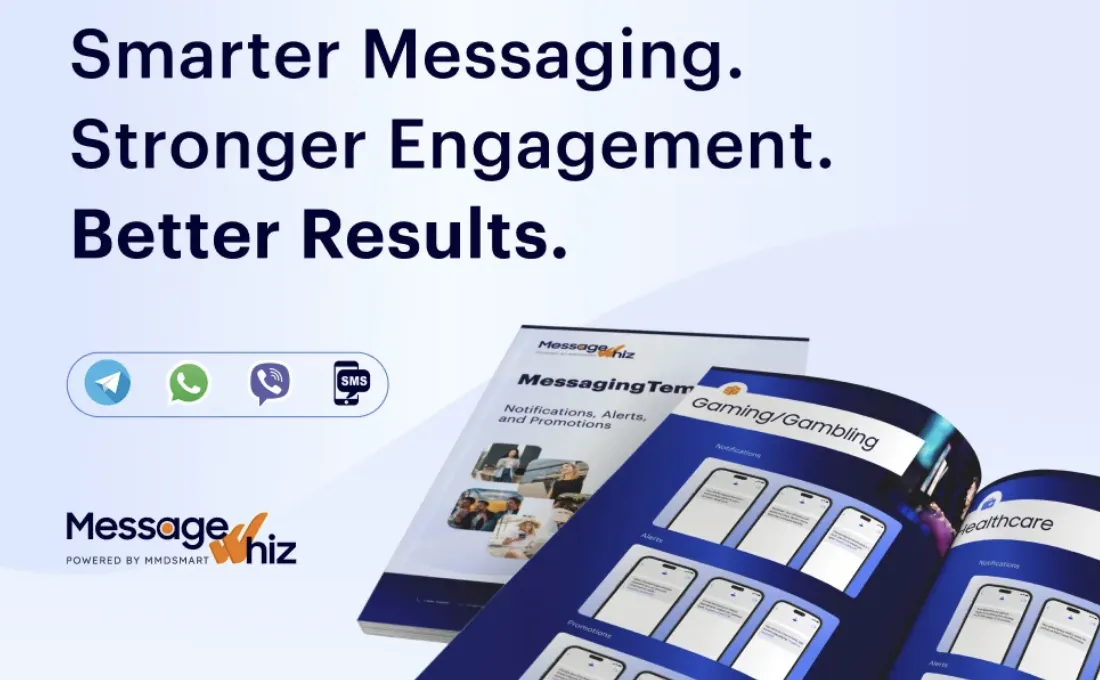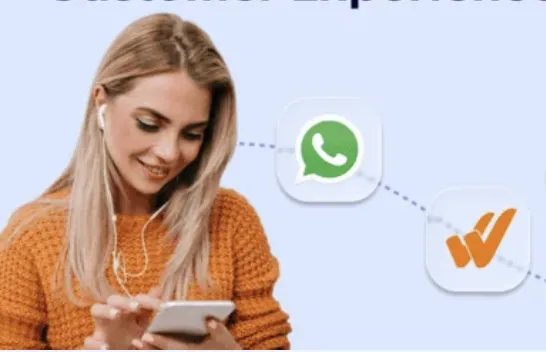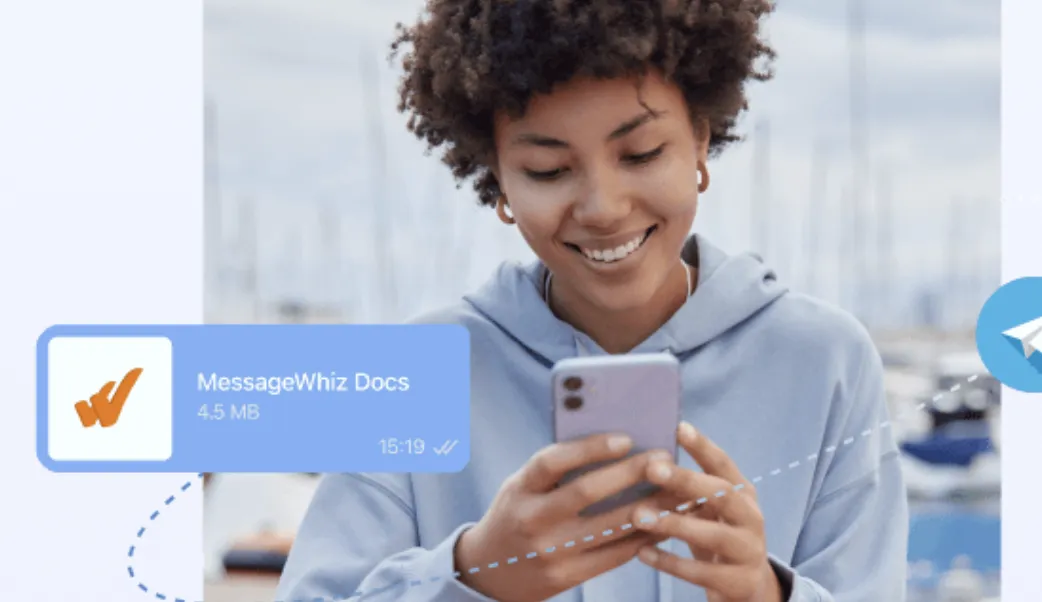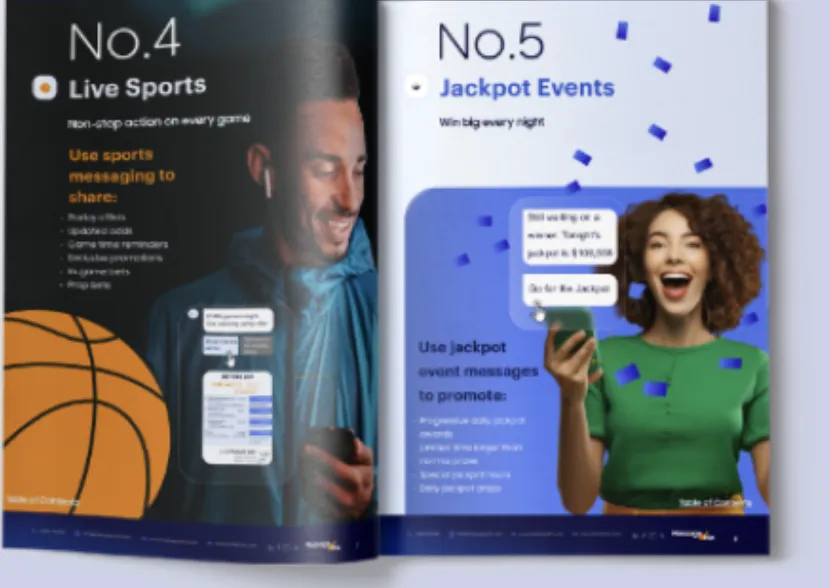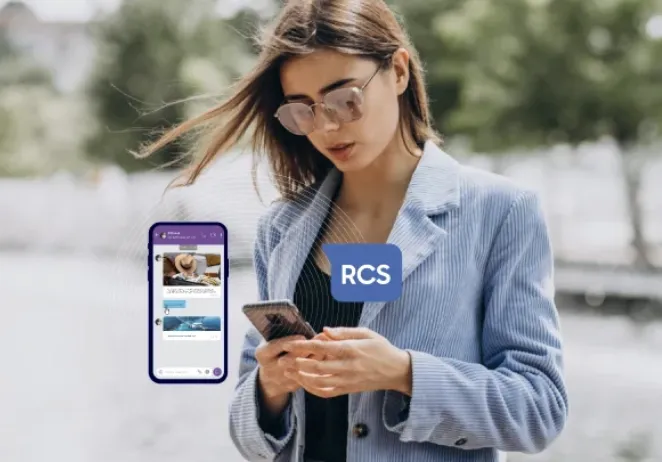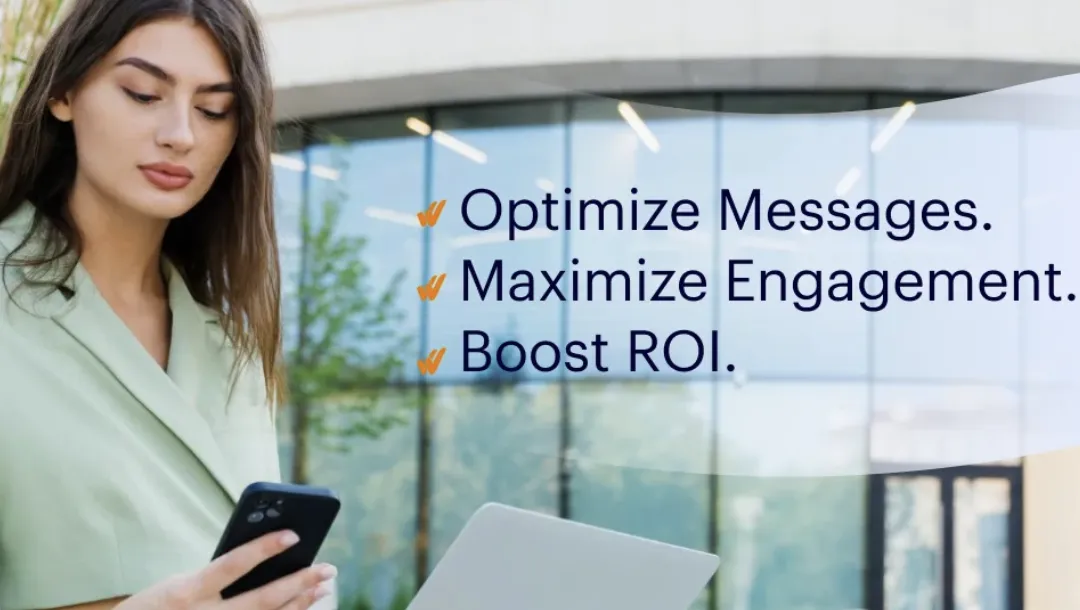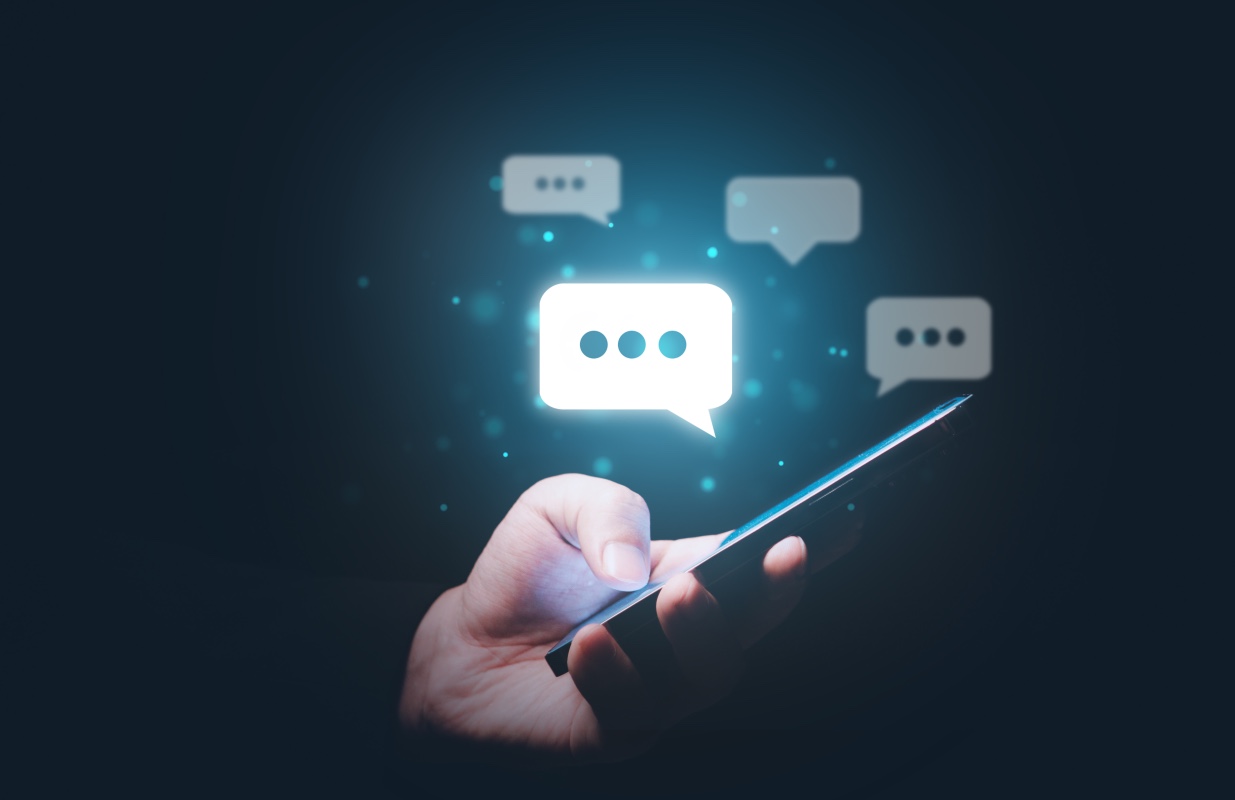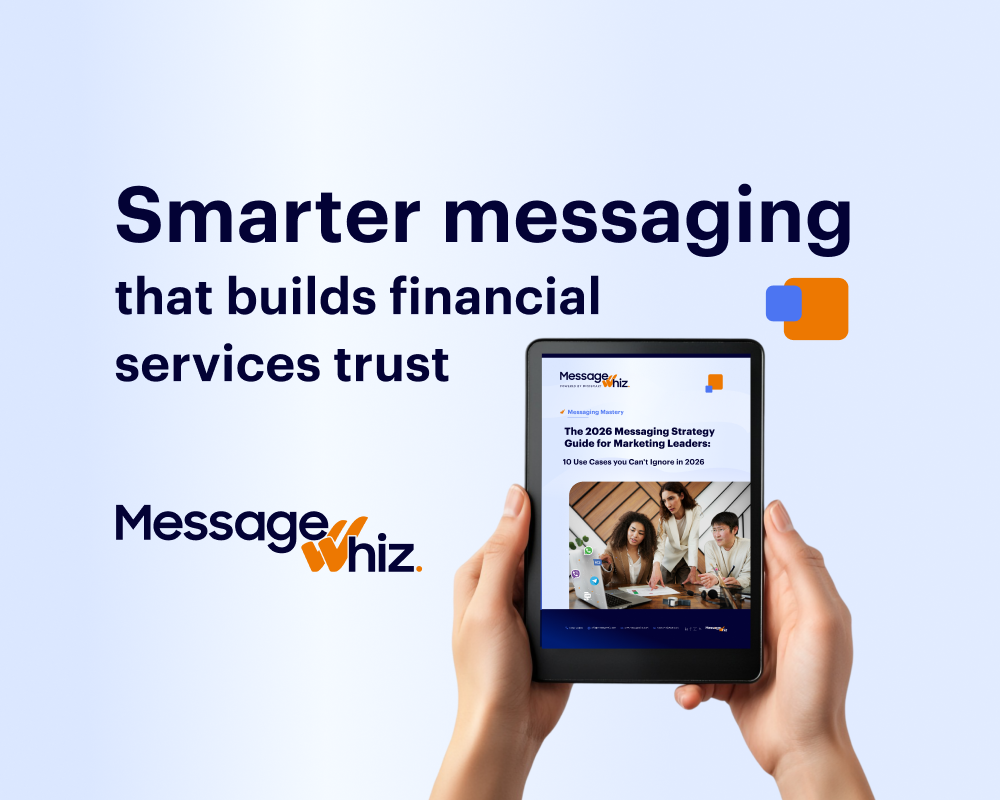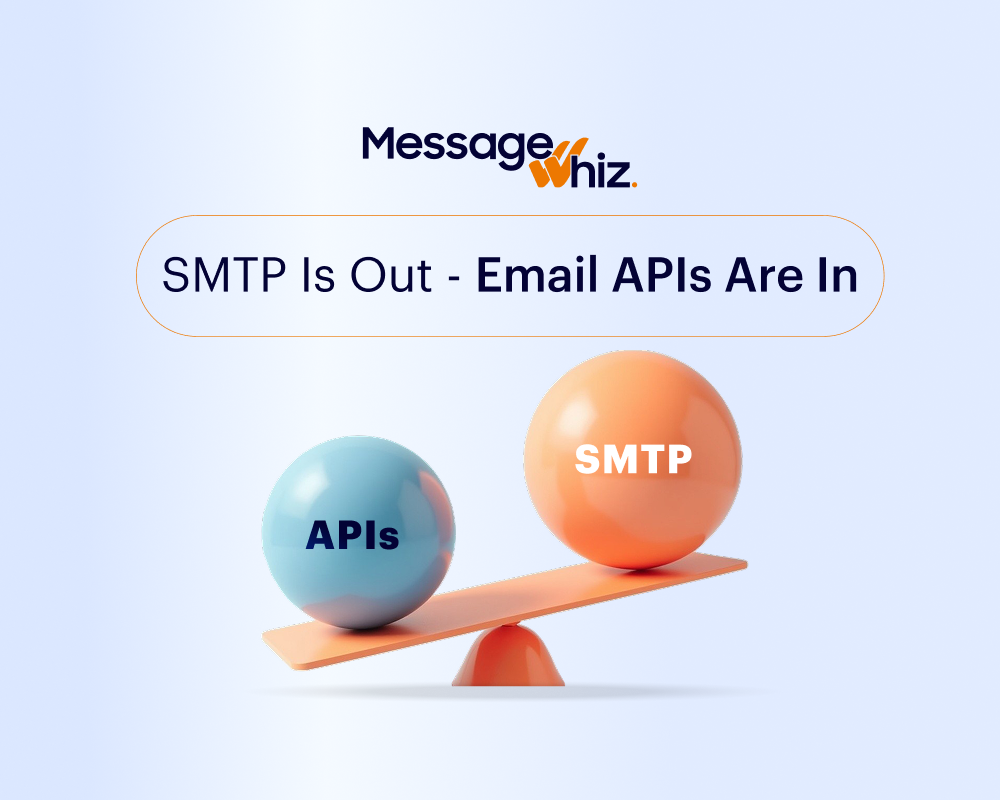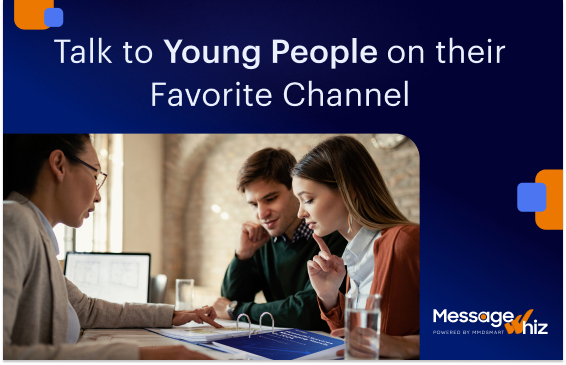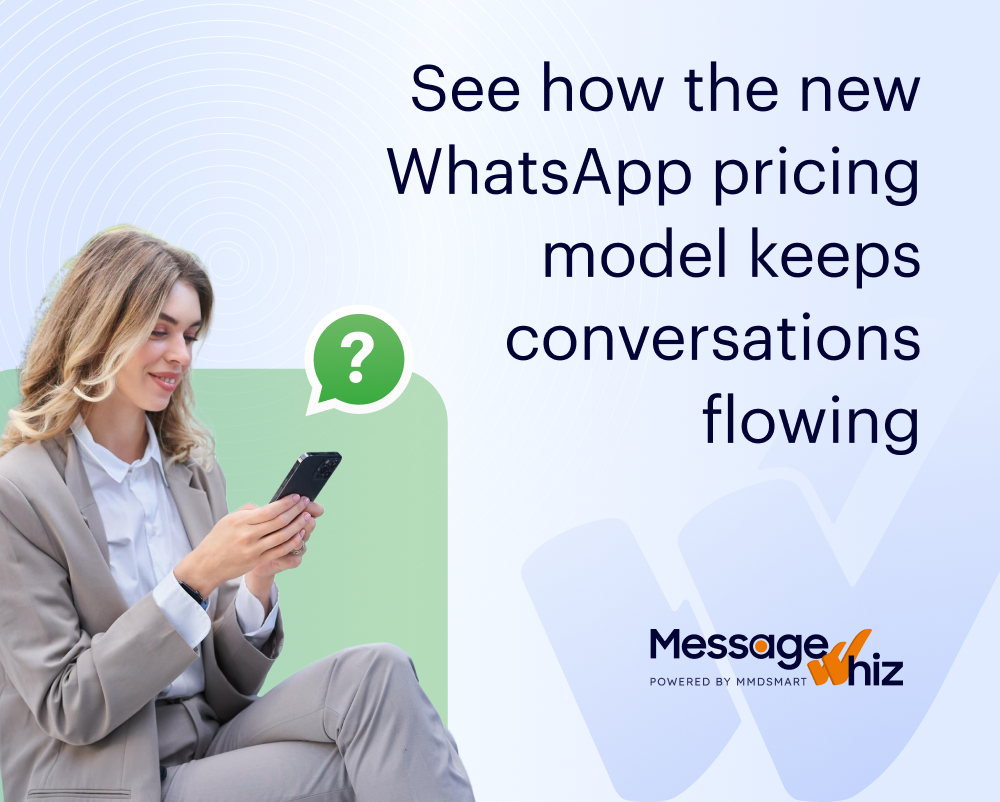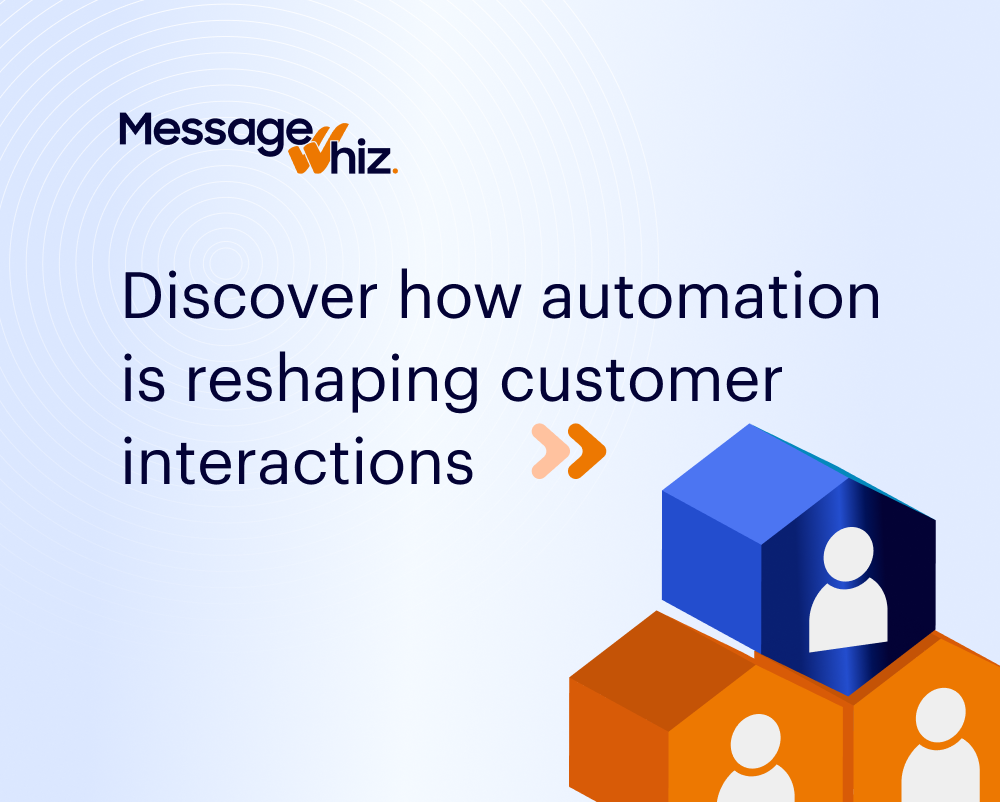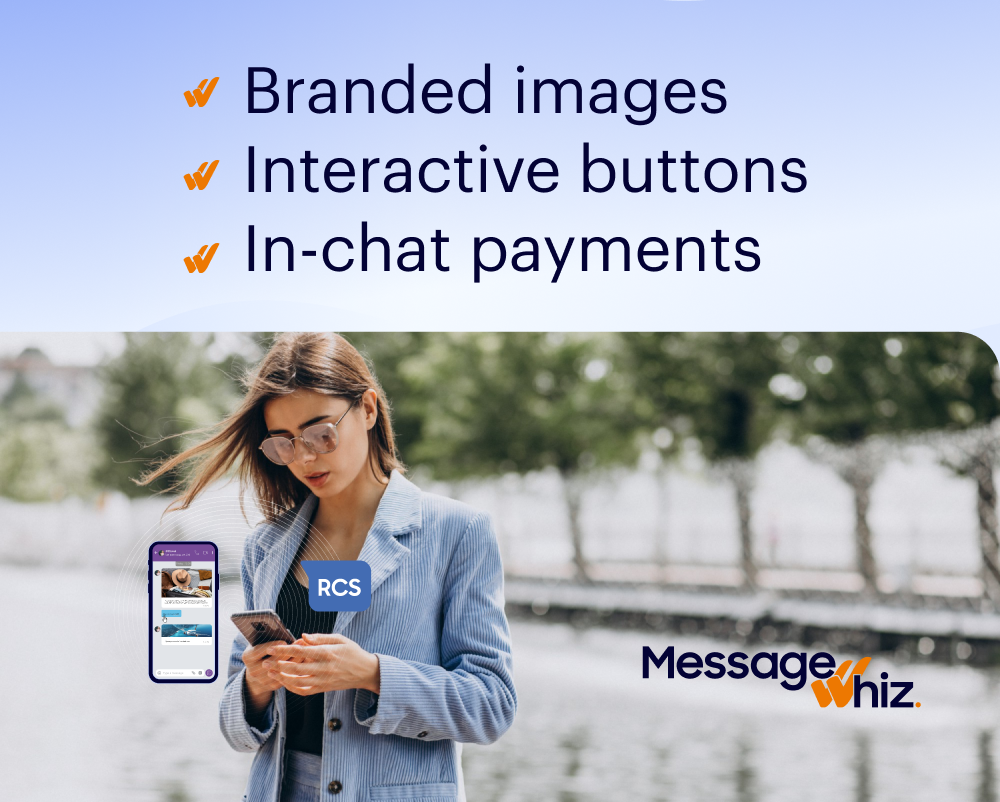What Is Mass Text Messaging
Mass text messaging for business is a service that enables organizations to send SMS messages to large contact lists at once. Unlike individual texts, a mass texting service streamlines the process through a web platform or API that manages recipients, message templates, and delivery tracking.
Businesses use these platforms to send promotions, reminders, or updates directly to customers’ phones. Because SMS has a 98% open rate, compared to roughly 20% for email, mass texts remain one of the most effective communication tools available.
Benefits of Mass Text Messaging for Business
Mass texting combines speed, simplicity, and reach in a single channel. Some of the top advantages include:
- Instant communication: SMS messages are usually read within three minutes of delivery, ensuring your message is seen quickly
- High engagement: With nearly universal mobile ownership, text messaging offers unmatched audience access
- Cost-effectiveness: Most platforms charge only a few cents per message, which makes it ideal for small businesses with limited marketing budgets
- Personalization at scale: Messages can include names, appointment details, or localized offers for stronger engagement
- No internet required: Recipients do not need Wi-Fi or apps, only a phone number
How Does Mass Text Messaging Work?
A mass text messaging service for business allows organizations to send and manage SMS campaigns through a few simple steps. It automates communication with large contact lists, helping businesses deliver timely and relevant messages directly to customers’ phones.
1. Choose an SMS provider
Select a reliable platform that supports high delivery rates and easy setup. Look for scalability, compliance with messaging regulations, and integrations with your marketing tools.
A strong provider should offer features like analytics, segmentation, API access, and automated workflows.
You’ll also want robust deliverability infrastructure, such as direct carrier connections, smart routing, and proactive monitoring, to ensure your messages arrive quickly and consistently.
2. Register a phone number
Use a dedicated short code, long code, or verified number to send SMS messages. Registration ensures that messages are compliant and not flagged as spam.
Different number types have different use cases: short codes support high-volume alerts and promos, while long codes are better for conversations or lower-volume campaigns.
Proper registration also helps you meet carrier requirements, reduce filtering, and maintain trust with your audience.
3. Grow your contact list
Build your audience through opt-in methods such as sign-up forms, loyalty programs, or QR codes. Always collect contacts ethically and ensure compliance with privacy laws.
Strong list growth also means using incentives, such as exclusive offers, early access, or giveaways, to increase opt-ins.
Maintain list hygiene by removing invalid numbers and honoring opt-out requests promptly to protect deliverability and brand reputation.
4. Create and send messages
Write concise, valuable messages that provide clear calls to action. Most mass texting platforms allow you to automate campaigns, schedule sends, and personalize messages based on customer behavior.
Use segmentation to tailor messages to specific groups and A/B testing to refine your approach. After sending, monitor performance metrics like delivery rate, click-through rate, and conversions to continually optimize future campaigns.
Key Features of a Modern Mass Text Messaging Service
Modern mass texting services go far beyond one way broadcasting. The best platforms combine automation, analytics, and two-way communication to create personalized customer experiences that increase engagement, improve retention, and drive measurable business results.
Contact segmentation and targeting
Advanced segmentation allows businesses to group subscribers based on shared characteristics such as demographics, interests, behavior trends, or purchase history and tailor content for each audience. This ensures customers receive messages that feel relevant and timely, improving click-through rates, conversions, and overall customer satisfaction.
Modern platforms also support dynamic segments that update automatically as customer behavior changes. For example, a subscriber who recently made a purchase can be moved into a post-purchase follow-up segment, while inactive users can be routed into a win-back campaign.
Segmentation can be based on:
- Purchase history or browsing behavior
- Location or time zone
- Engagement level such as active, dormant, or VIP
- Customer lifecycle stage
- Preferences or past responses
Message automation and scheduling
Automation allows businesses to run campaigns on autopilot, ensuring timely communication without manual intervention. You can create workflows that trigger messages based on customer actions such as sign-ups, appointments, orders, or abandoned carts, which helps deliver the right message at the right moment.
Scheduling tools also allow marketers to plan campaigns days or weeks in advance. Messages can be queued for specific time zones, optimized for peak engagement windows, and arranged to avoid sending during quiet hours. This creates a consistent customer experience while freeing up marketing and operations teams to focus on higher-value work.
Automation examples include:
- Welcome series for new subscribers
- Appointment reminders and confirmations
- Time-based drip campaigns
- Re-engagement sequences
- Delivery or order-status updates
Two-way communication and conversational SMS
Modern SMS platforms support fully interactive messaging, allowing customers to reply with questions, feedback, or purchase decisions. This transforms SMS from a one-way notification tool into a conversational channel that strengthens customer relationships and builds trust.
Two-way texting is especially useful for service updates, customer support, lead qualification, and post-purchase engagement. Many platforms also offer keyword-based responses or AI-assisted conversations to guide users automatically, reducing the burden on support teams.
Two-way messaging enables:
- Customer support conversations
- Keyword triggers such as texting SALE for discounts
- Feedback and surveys
- Order-tracking replies
- Personalized recommendations
Integrations with CRM and marketing tools
A modern mass texting service should sync seamlessly with CRM platforms such as Salesforce, HubSpot, or Zoho, as well as marketing automation tools and ecommerce platforms. Integrations keep contact lists updated, centralize customer data, and ensure that SMS campaigns are aligned with other communication channels.
This unified approach helps businesses maintain accurate audience profiles and creates a continuous flow between SMS, email, chat, in-app notifications, and advertising. It also improves attribution and reporting, making it easier to understand the full customer journey.
Integrations make it possible to:
- Trigger SMS from CRM activity
- Sync customer attributes and tags
- Track cross-channel engagement
- Create automated omnichannel workflows
- Consolidate analytics into a single view
Reporting and analytics dashboards
Analytics provide actionable insights into how campaigns perform, helping businesses understand what resonates with customers. Modern dashboards display metrics such as delivery rate, click-through rate, conversions, opt-out trends, and response times in real time.
These insights allow marketers to refine messaging, test new approaches, and optimize campaigns for better performance. Some platforms also include heatmaps, A/B testing tools, and cohort analysis features, enabling deeper data-driven decision-making. Over time, analytics help businesses increase return on investment by focusing on content and timing that produce the strongest outcomes.
Analytics typically include:
- Delivery rate and carrier filtering trends
- Click-through and conversion tracking
- Response and reply rates
- Opt-in and opt-out changes
- Performance by segment or message type
- A/B test comparisons
What Are the Use Cases of Mass Text Messaging for Business?
Businesses of all sizes use mass text messaging to enhance marketing, streamline operations, and strengthen customer relationships. Because text messages are read quickly and rarely ignored, they remain one of the most effective communication tools available.
1. Marketing campaigns
Send promotional offers, coupons, or flash-sale announcements to drive immediate customer action. SMS campaigns can help small businesses boost seasonal sales, announce new products, and keep audiences engaged between major marketing pushes. The ability to segment audiences and personalize messages further increases conversion rates.
2. Appointment reminders
Reduce no-shows by reminding customers of upcoming appointments or service times. Automated reminders save staff time and improve customer satisfaction by providing timely updates. Businesses in healthcare, beauty, and home services rely on this feature to maintain a full schedule and minimize revenue loss.
3. Customer alerts
Notify customers about delivery updates, billing reminders, policy changes, or emergencies in real time. This ensures important information reaches users instantly, even when email or app notifications are overlooked. Alerts help maintain trust and transparency, especially for time-sensitive or critical updates.
4. Customer engagement
Encourage two-way interaction by inviting feedback, conducting surveys, or thanking customers for recent purchases. Conversational SMS helps businesses understand customer preferences and strengthen long-term relationships. The immediacy of text messaging fosters a more personal connection between brands and their audiences.
5. Event notifications
Promote webinars, sales events, or community activities and send follow-ups or confirmations instantly. Businesses can boost attendance and engagement by sending reminders before and after events. SMS notifications also create opportunities for post-event surveys and promotional offers to keep momentum going.
Notable Mass Text Messaging Solutions for Businesses
Choosing the right tool can determine how well your text campaigns perform. Several platforms offer robust solutions for businesses of all sizes.
MessageWhiz
MessageWhiz provides a complete messaging ecosystem that supports SMS, WhatsApp, and other mobile channels. Its platform integrates with leading CRMs and marketing systems, allowing businesses to manage campaigns across channels from one place. MessageWhiz focuses on delivering high message reliability, compliance with regional regulations, and real-time reporting. For small and mid-sized businesses, it offers flexible pricing that scales with growth.
SMSBump
Popular in the ecommerce sector, SMSBump integrates seamlessly with Shopify to automate order updates, promotional messages, and customer notifications.
EZTexting
EZTexting is known for its user-friendly interface and simple campaign setup tools, ideal for small businesses that want to start texting quickly.
Textedly
Textedly provides mass texting and autoresponder features with straightforward pricing, making it a popular entry-level choice for growing businesses.
TextMagic
TextMagic offers a reliable API and two-way communication features for organizations that need to integrate texting into customer service systems.
SimpleTexting
SimpleTexting combines campaign management with advanced reporting and supports MMS for sending rich media messages.
How to Choose the Right Mass Texting Platform for Your Business
When evaluating a mass texting service, consider how it aligns with your operational goals and customer communication needs.
Evaluating scalability and reliability
Your platform should handle message volume as your audience grows while maintaining consistent delivery performance.
API accessibility and developer tools
If you plan to integrate SMS into your applications or customer systems, ensure the platform provides a well-documented API and developer support.
Integration with existing systems
Look for services that connect easily with CRMs, marketing automation software, and analytics platforms to streamline workflows.
Support, security, and uptime guarantees
A reliable vendor should offer customer support, ensure data privacy, and provide clear uptime commitments for uninterrupted service.
The Future of Business Messaging
As businesses continue to embrace real-time communication, mass text messaging is becoming a central part of customer engagement strategies. With high open rates, easy personalization, and strong ROI, SMS remains unmatched in its ability to connect brands and audiences instantly.
Platforms like MessageWhiz demonstrate how the channel is evolving beyond traditional bulk texts toward intelligent, multi-channel engagement. For small businesses looking to communicate more effectively, mass text messaging represents both a practical tool and a strategic advantage.
